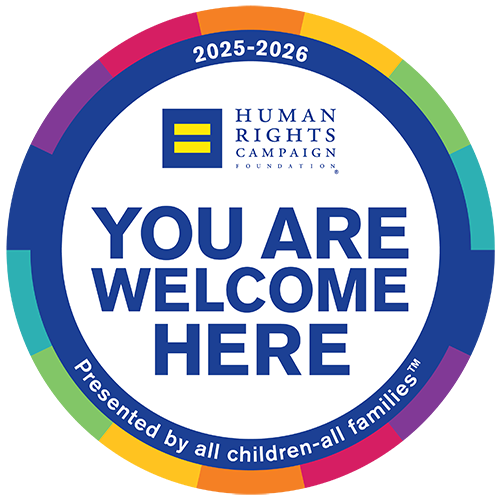Start your foster parent journey
Whether you’re just beginning to explore becoming a foster parent or ready to take the next step, we’re here to guide you. All foster families must be licensed, and training is a key part of that process.
Take the next steps
Attend orientation
Begin your journey with an orientation. Choose live virtual orientation or pre-recorded online orientation. If you are caring for a child in your family, the relative caregiver orientation is tailored to your needs.
Submit an application
The foster parent application asks for basic information about yourself and the people in your household. The application also asks for five personal references and permission to complete a background check on all members of your household who are over 16. Get the application and follow the Office of Children’s Services directions for submission.
Office of Children’s Services verification and visit
After your application is submitted, you’ll be assigned a licensing worker who will process your paperwork and complete background checks. If approved, a licensing worker will visit your home to make sure it’s safe and welcoming for a child. Check out our frequently asked questions below to learn more.
Complete first-year Core Training course
All licensed foster parents should complete the Core Training for Resource Families course, which meets the training requirement for your first year. Options include training specifically for relative caregivers and Core Training requirements. Check out our trainings by topic to explore additional trainings or to fulfill your second-year training credit and beyond.
Learn more about foster care
Thank you for your interest in becoming a foster parent!
Fill out a short form to receive more information and be added to our contact list. You’ll get occasional updates with resources and ways to get involved.
Frequently asked questions
Foster care is the process through which children and youth are provided temporary care while families of origin do the work necessary to achieve reunification. Children and youth are placed with foster families when Alaska officials determine they are unsafe with their family of origin and that there are no relatives or friends immediately available to provide care.
Foster care is a temporary care solution where the state maintains custody of the child or youth while their family of origin works toward reunification. Additionally, foster families have limited rights and responsibilities compared to adoptive families.
Adoption only happens after it’s determined that the goal of reuniting with the child or youth’s birth family is no longer feasible. This lifelong legal and emotional relationship involves an adoptive parent assuming custody of the child or youth and taking on all the rights and responsibilities.
If reunification is no longer right for a child or youth, their foster family may be asked if they would consider adoption.
In many cases, yes. As reunification is the initial goal, visits between parents and children are an essential part of those efforts to rebuild families.
Your caseworker will discuss the specifics of your child’s family visits and will be the primary person responsible for arranging any visits and necessary supervision.
No. You can rent or own an apartment, single-family house, or condominium.
Absolutely. And thank you for your service! You will need permission from your base commander, and your licensing caseworker will be happy to provide you with the information needed to pursue next steps.
While every child or youth’s needs are different, in general, a foster child can share a room with your children or other foster children.
All individuals and families who are willing to love and support a child or youth in foster care are encouraged. To become a licensed foster parent in Alaska, you must be at least 21 years old.
Each family’s circumstances are different, so timelines can vary. But generally, the process takes about two months to six months, depending on how quickly fingerprinting, background checks, and required trainings are completed.
Training is provided free of cost. Online orientation and Core Training for Resource Families are the initial trainings to get started with. We provide these courses in multiple formats. Contact your local ACRF office to learn more and get started.
Yes. Foster care reimbursement is available to help cover the daily costs for the children or youth in your care. These reimbursements can help pay for food, clothing, school expenses, toys, allowances, and recreational activities. The amount each family receives is pre-determined by the state and is given to families at the end of each month. Please note that these payments are reimbursement for care provided and are not considered an income and are not taxable.


